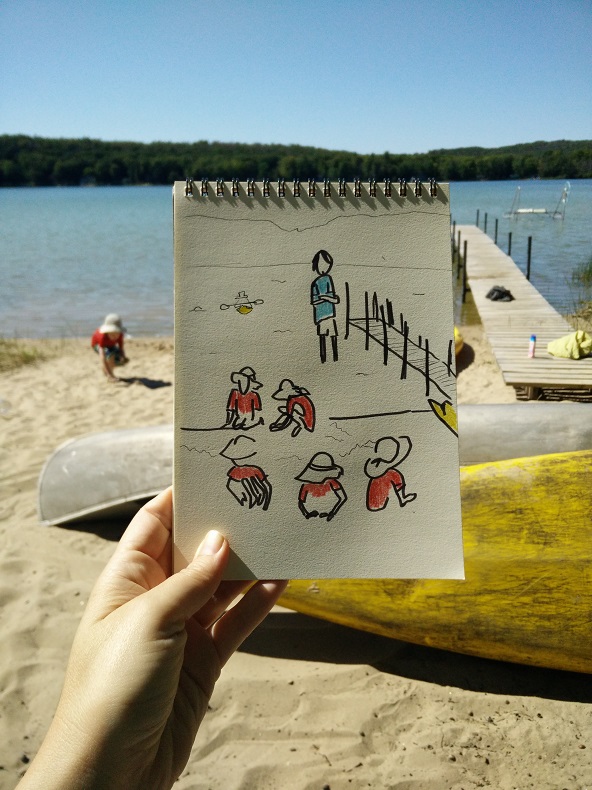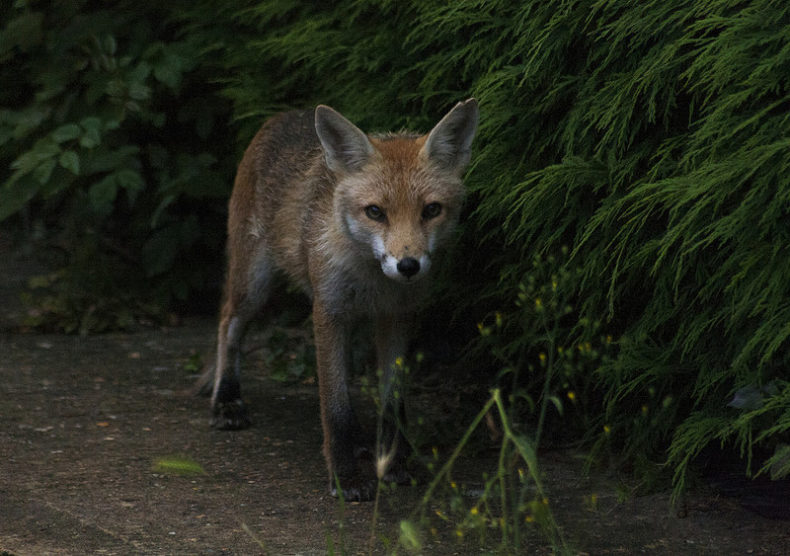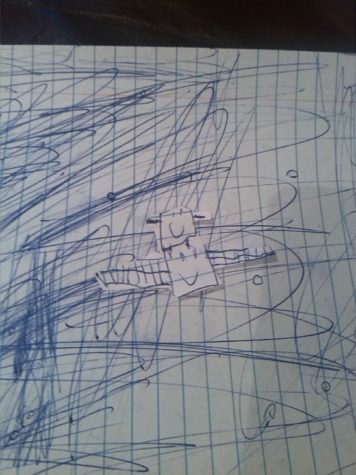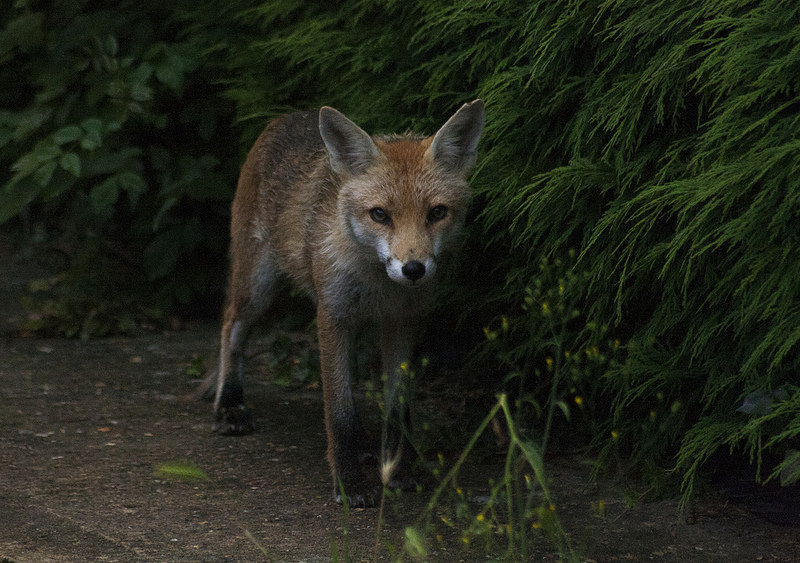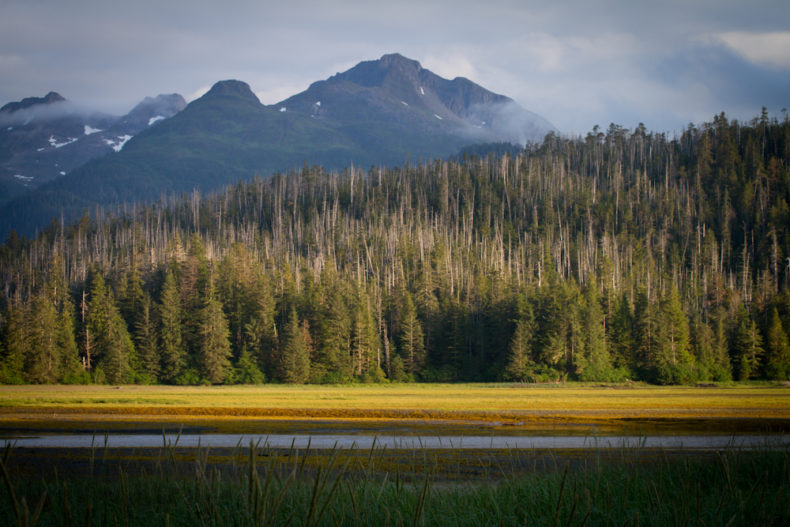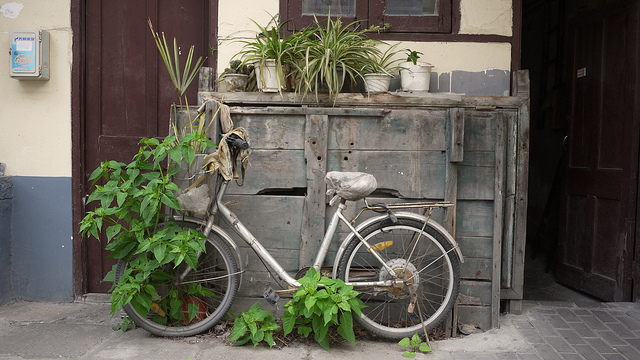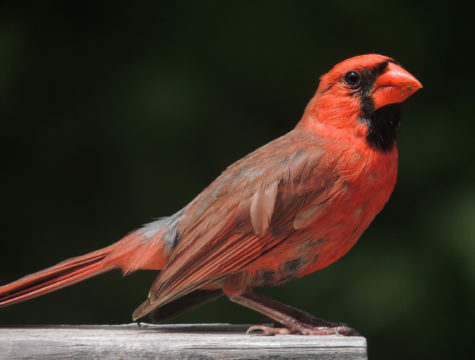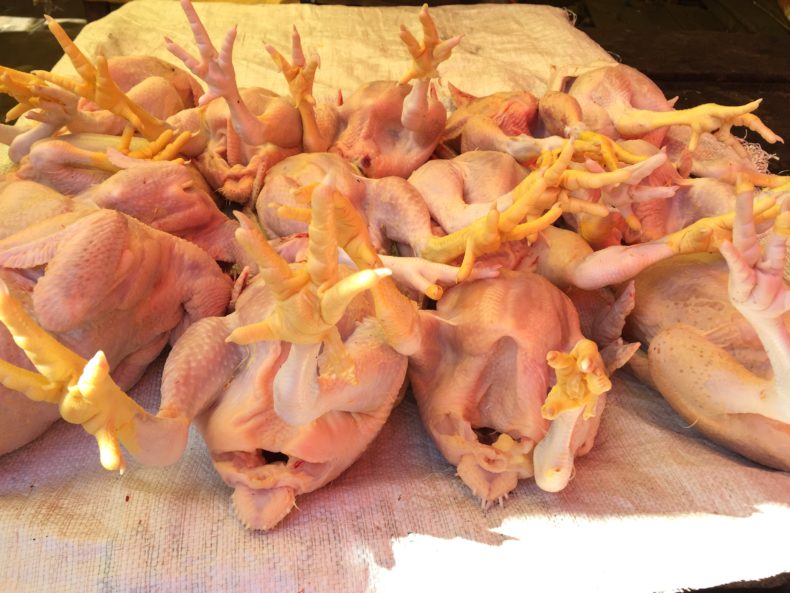
Change is good. And today, here on LWON, I’m announcing a personal change. I’m coming out. As a vegetarian.
Some of you may be surprised that I’m not one already. With my career focus on animals and conservation, and my adoration for all creatures great and small, it might seem wrong for me to eat cows and chickens and pigs. Once, a snotty 10-year-old kid at a talk I was giving asked if I was vegetarian and, when I said no, he chided me for this conflict of interest. (Really, kid? I could just hear his mother’s voice coming out of his mouth. This was in Seattle, after all.) I was annoyed and kind of wanted to punch him in the nose. But he was kind of right that I was mixing my messages. Love and respect animals, I was saying, but steak sure is tasty.
Most living things are food to some other living thing somewhere in the world. We hunt because our ancestors hunted, and because animals are nutritious. In many parts of the world, meat is a vital part of the human diet. Animal consumption is deeply cultural, usually healthful, and often celebratory.
